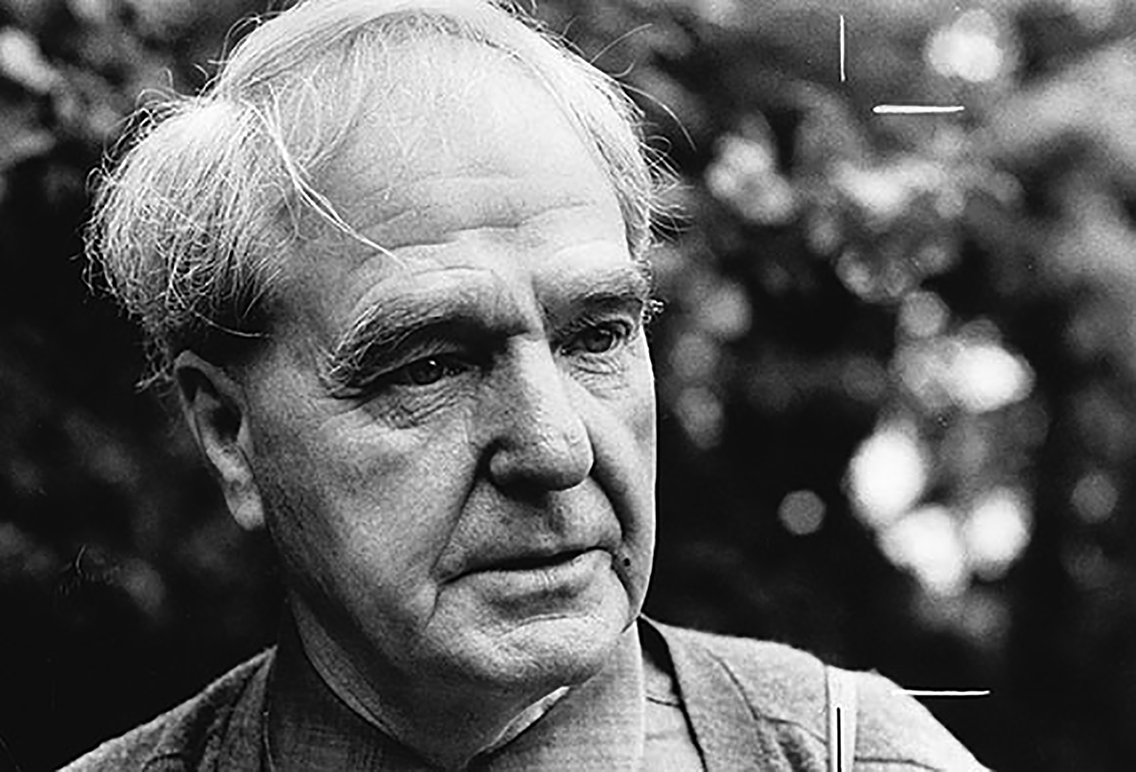

In 1975 Mayor Farsi contacted Henry Moore, through the architect Julio Lafuente, to discuss the possibility of purchasing his work for the city. In his letter of 13 August 1975, he wrote: ‘Both Jeddah and Mecca as well as any other town in Saudi Arabia lacks the existence of marble work in the streets and squares considering the fact that our Moslim Religion forbids the statues that resemble humans or animals. Therefore, your art which is different will be acceptable and will be the first in our towns.’ Two years later, Mayor Farsi visited Moore in his studio in England, and agreed on the purchase of three sculptures – ‘Two Large Forms’ (Three Piece Reclining Figure No .1), ‘Large Spindle Piece’ and ‘Oval with Points’, at a total cost of US$675,000.
Henry Moore was among the first generation of sculptors in Europe who endeavoured to create sculptures based primarily on emotional responses to material forms. The landscape played an important part in his work, and many of his sculptures were placed outdoors. 'Oval with Points' and 'Large Spindle Piece', were bought by Mayor Farsi from the catalogue of Moore’s 1972 exhibition in Florence, and were originally sited at either end of the new AlArbaen Bridge in Jeddah before being moved to the OpenAir Museum on the Corniche. ‘The sculptures have been lifted up and are seen against the sky, which is one of the best backgrounds for large sculptures’ Henry Moore wrote in a letter in March 1979 to his friend, the architect Gordon Bunshaft.

The son of a Yorkshire coalmining engineer, after war service in France Henry Moore studied at Leeds School of Art in 1919. In 1921 he won a scholarship to the Royal College of Art, London. An enthusiastic modernist, Moore kept in touch with European developments and admired the work of the British sculptors Epstein, Gaudier Brzeska and Gill.
In 1928 he received his first commission, a relief for the London Underground Headquarters. His work of this period shows the influence of Epstein and ‘primitive’ Mayan art.
During the 1930s Moore was associated with the group of Hampstead artists that included Ben Nicholson and Barbara Hepworth. The abstract biomorphic carvings of this period, such as Family (1935; Henry Moore Foundation), are among his most innovative works and, like Hepworth, he also explored the potential of the pierced form. ‘The first hole made through a piece of stone is a revelation’, he wrote, ‘the hole connects one side to the other, making it immediately more three dimensional’.
In 1940 Moore was commissioned as a war artist and he made numerous drawings of sleepers in the London Underground during the Blitz. Over the next decade he established an international reputation, receiving the International Sculpture Prize at the Venice Biennale of 1948. The Henry Moore Foundation, based at Moore’s home in Much Hadham, Hertfordshire, continues to champion his work and support the promotion of the arts.